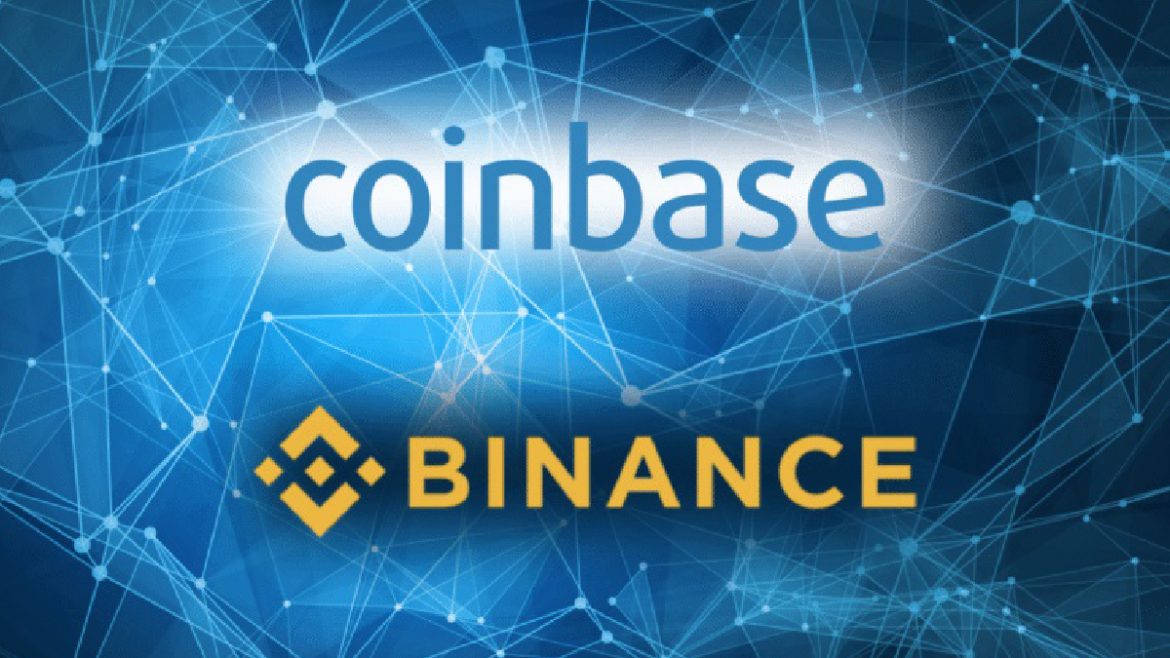Crypto traders, potential traders, or just a crypto followers are certainly aware of the Coinbase Pro vs Binance debate. Currently, the global crypto market is worth over $250 billion, and quite a large part of the market is covered by these two platforms, which shows their significance in the crypto industry. The two platforms exist to serve both beginners and professional traders alike and in this article we’ll compare both exchanges using many factors, namely, currencies accepted, fees charged, customer support, security, etc. Let’s dive right into the comparison.
Features
Coinbase Pro
Binance
Sign-up and Account Creation
Per Coinbase Pro user agreement, customers are permitted to have one business and one personal account. The differences between the two will include data like your company name, location and CEO when creating a business account. A regular account can be created by clicking on the Create Account button on Coinbase Pro home screen. This will take you to the sign-up page.
Users need an email id, a strong password (they require that your password has at least 8 letters/one number/one capital letter), and optionally a referral ID that gives bonuses to the person who linked you to Binance via his referral link.
When all of this is filled out, then click on Registration and complete the slide verification that will pop up on your screen. You’ll receive the verification mail and be asked to log in again, once you click on the verification mail.
Interface and Trading
Coinbase Pro offers a more compact interface compared to Binance which groups the price chart, buy/sell buttons, order books and order and trade history all in one page. This allows users to analyze data without switching between screens. The platform currently offers three types of orders: market, limit and stop orders. The platform offers margin trading with leverage upto 3x (for BTC and ETH) up to a limit of $10000 and 2x (for BTC/EUR to € 3,000 and for LTC/USD pair up to $500).
There is no deposit limit on this exchange when it comes to wire or cryptocurrency transfers. Fiat deposits made to Coinbase Pro can be sent via the ACH bank transfer system, which typically takes 3-5 business days* (which can be as many as 7-10 calendar days, depending on the timing of weekends and other bank holidays) to complete.
Binance has two interfaces and though the option to switch is non-intuitive, it can be found at the top left corner of the screen under the “Exchange” button. While the chart is not TradingView, it can help you do some quick check-ups on your coin. As for trading options, there are only limit and market orders available here. More advanced users will probably be unhappy with this lack of options but if you want to quickly purchase an altcoin for BTC the interface will be just enough. Binance does not support any fiat currency (USD, JPY, etc.) deposits or trades on their Binance.com platform, but they do support it on their newly launched Binance Jersey.
Fees for Trading
Maker fees are 0% while taker fees vary based on 30-day volume. There is no deposit limit on this exchange when it comes to wire or cryptocurrency transfers. Fiat deposits made to Coinbase Pro can be sent via the ACH bank transfer system, which typically takes 3-5 business days* (which can be as many as 7-10 calendar days, depending on the timing of weekends and other bank holidays) to complete.
An average fee of 0.1% is paid on every Binance trade. The fees are 50% lower if you use BNB, the platform’s token.
Supported Cryptocurrencies
Bitcoin, Litecoin, Ethereum, Bitcoin Cash, Ripple, District0x, Ethereum Classic, Basic Attention Token, Decentraland, LOOM, DNT and CVC. The exchange is known for its small currency portfolio and they have announced plans for expansion of their altcoin pool in the future.
It beats Coinbase Pro and has 100 different coins including, but not limited to Bitcoin, Bitcoin Cash, Bitcoin Gold, Ethereum, Ethereum Classic, GAS, Zcash, Dash, Ripple and more. They have their own coin - BNB, which can be used to lower your trading fees on platform.
Safety
Coinbase Pro is a regulated company and customers’ funds are insured by FDIC, while 98% of cryptocurrency funds are kept in cold storage. The exchange offers 2FA.
Coinbase Pro dodged a malicious attack in 2019.
Binance is secretive about the ways it stores its funds, but has shown in the past that it has ways of protecting the cryptocurrencies. Binance also offers 2FA.
Binance suffered a major security breach and loss of $41 Million in May 2019. There was another breach of customers’ KYC documents in July 2019.
As you can see, both Binance and Coinbase Pro have their own advantages and drawbacks. Coinbase Pro is better suited for beginners, with its lower coin count, simple interface and direct pipeline to Coinbase. Binance isn’t that hard to master either, so anyone looking to trade altcoins would like what Binance has to offer. And then there are customers who take the best from both worlds through buying cryptocurrency with fiat on Coinbase to then transfer their crypto to Binance to purchase new altcoins.

1 comment
[…] Investing & Trading […]
Comments are closed.